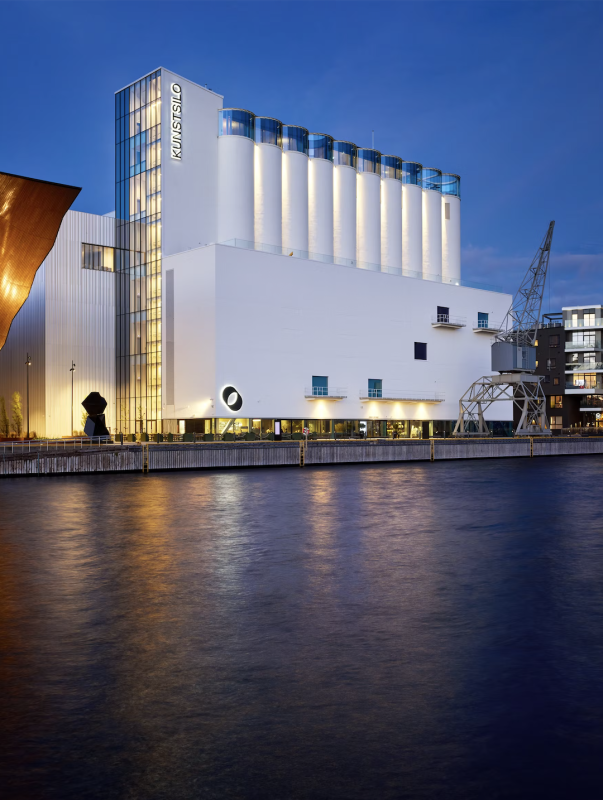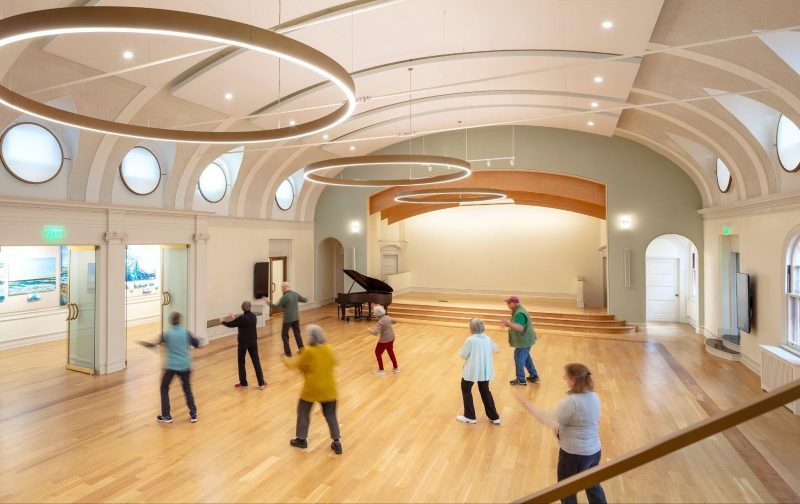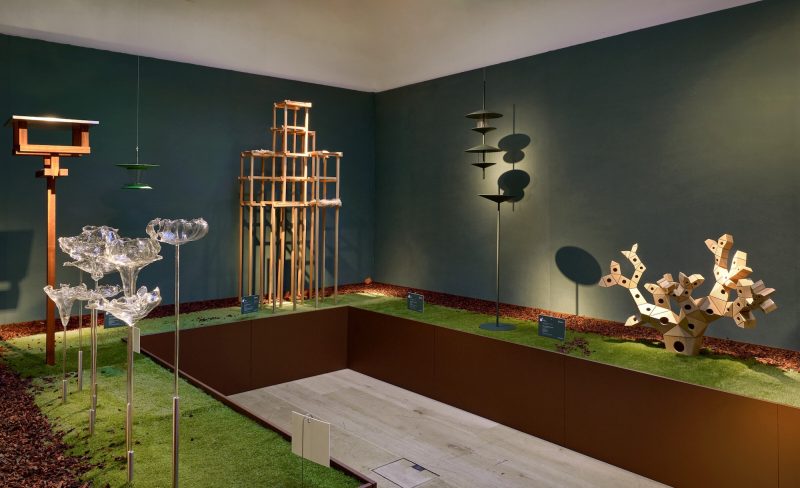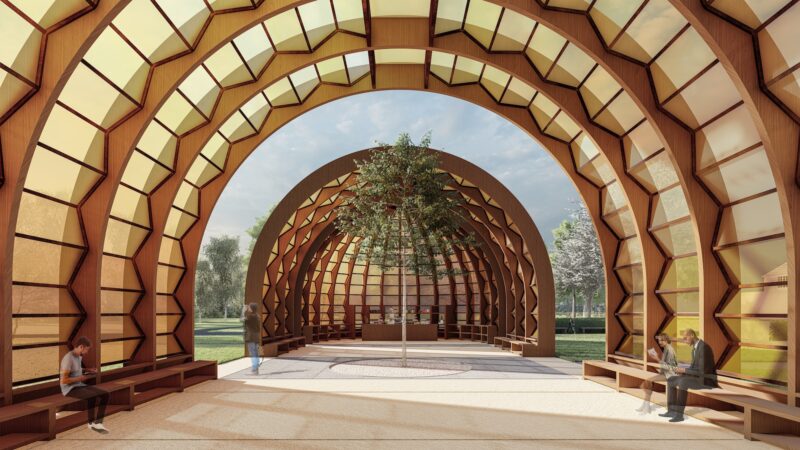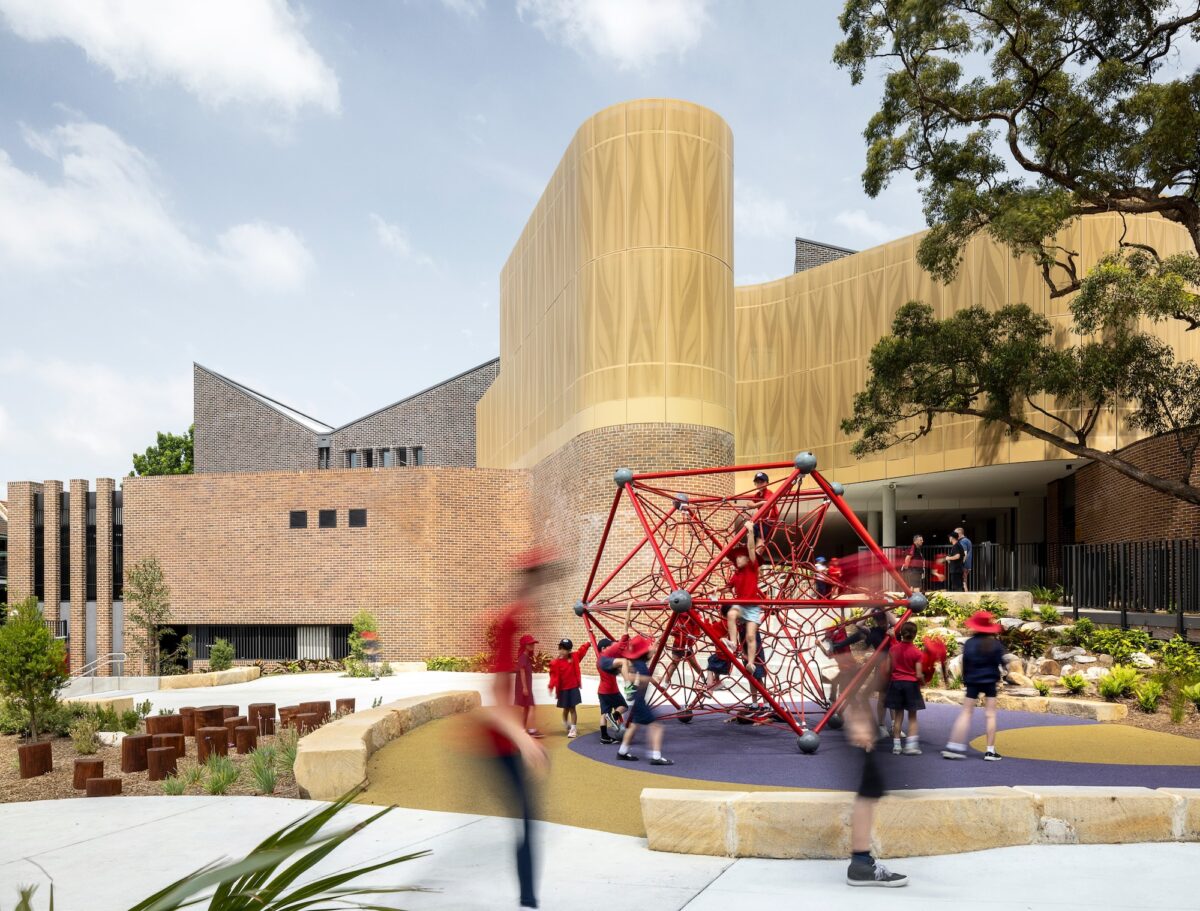
The Darlington Public School in Australia by fjcstudio has been declared the World Building of the Year at the World Architecture Festival (WAF) 2024. fjcstudio previously won Building of the Year in 2013, making it the first practice in WAF’s history to win the award twice.
Alessandro Rossi, Associate at fjcstudio commented:
It’s very humbling given the modest scale of the building – it’s a little school project, so to have won against all the other big projects at WAF is a testament to the client and the community engagement that helped drive the design process. The real winners are the children who will spend time in the building – a place of enrichment for many years to come.
The ultimate accolades of World Building of the Year, World Interior of the Year, Future Project of the Year and Landscape of the Year were announced today as hundreds of delegates from across the world convened at a grand finale Gala Dinner at Marina Bay Sands in Singapore. A host of Special Prizes, including Small Project of the Year and Best Use of Colour, were also announced at the closing event to celebrate the seventeenth edition of the festival. The announcement follows the final day of WAF, in which prize winners across all 42 categories have been competing for the winning titles.
World Building of the Year supported by GROHE went to Darlington Public School in Australia, designed by fjcstudio. The community school is located on the fringe of the city of Sydney, and has a strong connection to Aboriginal people embodied in its redesign.
The transformed school now seamlessly connects to its surroundings, offering glimpses of the inner courtyard from the main entrance, promoting a sense of privacy and community for the children, as well as providing facilities that are publicly accessible including the community hall, covered outdoor learning area and library.
Collaboration took place with educational consultants and the school community to inform the brief, resulting in an inclusive learning environment by the architects. The redesign embraces the rich indigenous culture through the artistic heritage of the school, conserving and displaying aboriginal artworks around the school to preserve stories of the country for future generations. A community garden with indigenous plants has also been created to teach students indigenous cooking and culture.
The school continued to operate during construction, minimising time, cost and disruption. The building also embraces sustainability, with passive design elements such as sawtooth roofs angled to the sun, high-level glazing for indirect daylight, and protective curved screens for filtered daylight.
On behalf of the jury Paul Finch, Programme Director of the World Architecture Festival commented on:
the very high quality of several of this year’s finalists, not least the National Star Observatory in Cyprus, but the jury’s unanimous decision was reached relatively easily.
The architect of the winning project explored and extended the formal programme of the client, to include the views and experience of the local community and a variety of users. This generated a reading of the history of place, culture and time.
The result of the project is poetic, a building in which topography and landscape, inside and outside, form and materials, flow seamlessly in an unexpectedly delightful way. It is also an inspirational proposition about the acknowledgement and reconciliation of historic difference – a pointer to brighter, better futures for all.
The Super Jury for World Building of the Year chaired by Sonali Rastogi, comprised Emre Arolat, Mario Cucinella and Ian Ritchie.
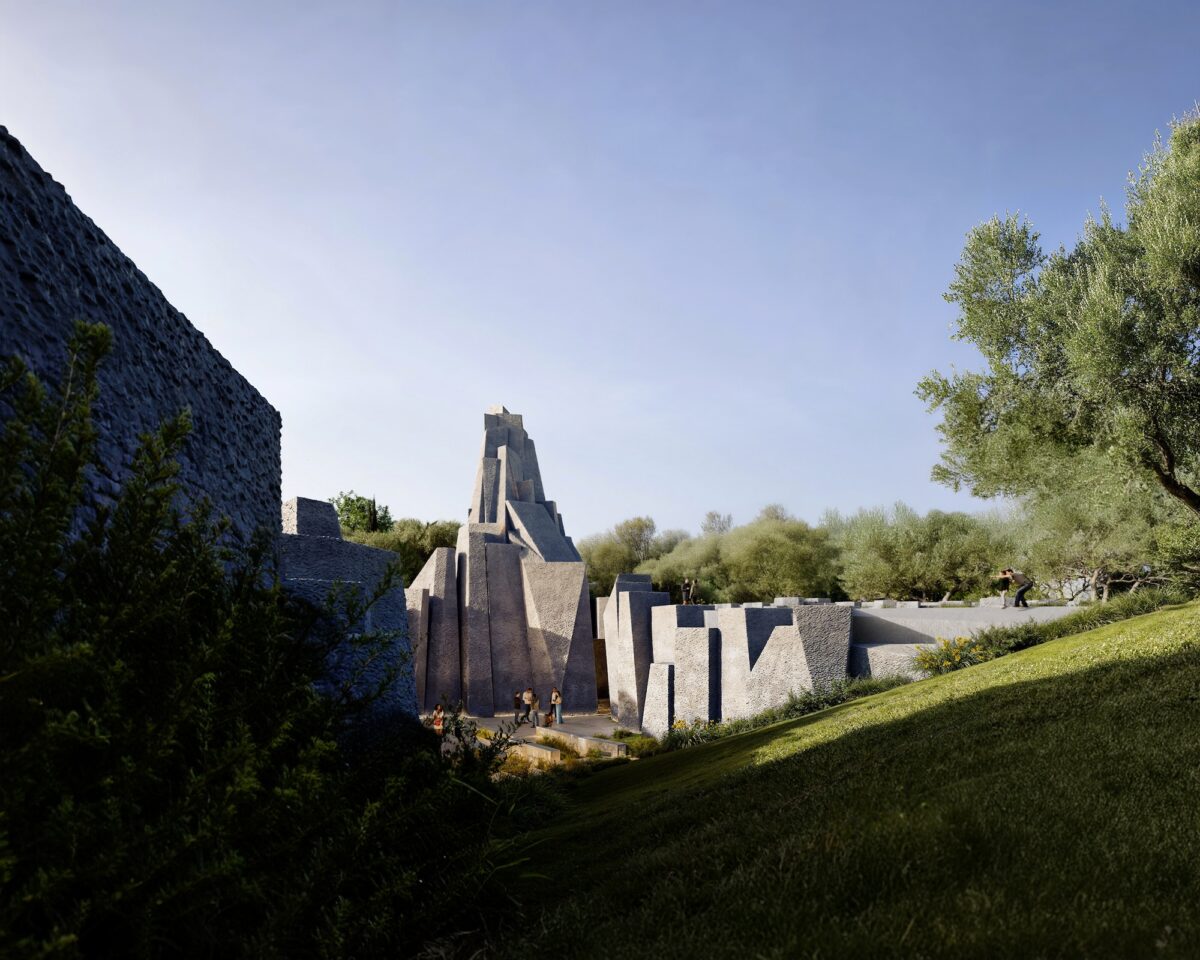
Future Project of the Year went to Küçükçekmece Djemevi in Turkey by EAA-Emre Arolat Architecture
The civic building addresses the marginalisation of the Alevi community, offering a space that reflects cultural identity and celebrates the community coming together. The building is organised as a series of interconnected fragmented structures, and combines traditional value with contemporary needs for the community, providing spaces to congregate including a dining hall and worship areas.
The winners of these categories were selected by a Super Jury of luminaries of the global architecture industry – comprising Charu Kokate, Safdie Architects; David Basulto, ArchDaily; Emre Arolat, EAA – Emre Arolat Architecture; Fernanda Patiño, Sordo Madaleno Arquitectos; Henry Steed, ICN Design International Pte Ltd; Ian Ritchie, ritchie*studio; Islam El Mashtooly, OBMI; Kelley Cheng, The Press Room & StudioSML; Fred Holt, 3XN; Mario Cucinella, Mario Cucinella Architects; Mary Bowman, Gustafson Porter + Bowman; Nigel Coates, Nigel Coates Studio; Professor Rafiq Azam, SHATOTTO architecture for green living; Sanjay Puri, Sanjay Puri Architects; Sonali Rastogi, Morphogenesis; Yael Reisner, Objects Beautiful gallery; Zhengxu Zhou, Tsinghua University, Shancun Atelie.
About
World Architecture Festival and Inside World Festival of Interiors has taken place at Marina Bay Sands, Singapore, on the 6 – 8 November 2024.
WAF is where the world architecture community meets to celebrate, learn, exchange and be inspired.
Every year, WAF hosts the world’s biggest live-judged architecture awards programme. It celebrates design achievements through presentations by architects to high-profile delegates and international judging panels.
The 2024 World Architecture Festival (WAF) comprises:
– Events programme and keynote talks
– Live judging of finalists’ projects
– Gallery of all award entries
– Exhibition area
– Networking and social events including partner fringe events
– Gala dinner announcing the overall winners
– A tours programme of local architectural landmarks in Singapore
Inside World Festival of Interiors runs alongside WAF, with its own awards and conference programme. Delegates have access to both events.
WAF and Inside are organised by EMAP, publishers of The Architectural Review and The Architects’ Journal.
www.worldarchitecturefestival.com
